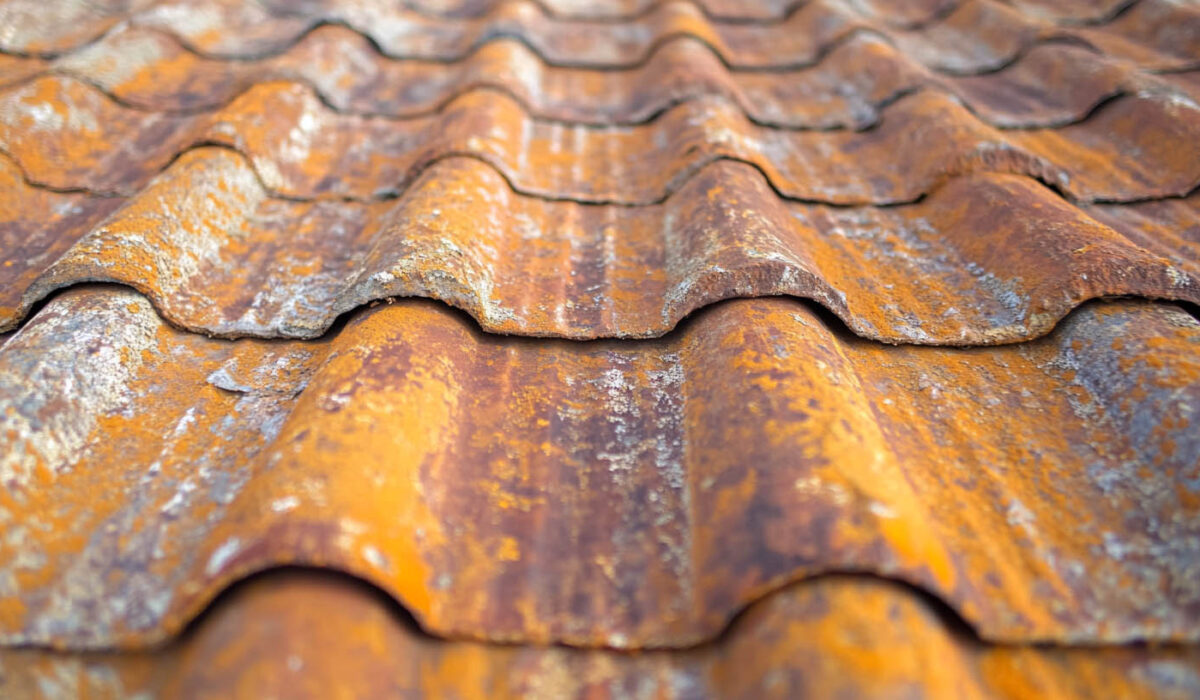Heat blistering is a significant issue for many roofs, especially in regions with extreme temperature fluctuations. It compromises both the aesthetics and structural integrity of roofing systems, leading to costly repairs if not addressed promptly. Here, we provide a detailed guide to understanding, identifying, and preventing heat blistering damage on roofs.
What is Heat Blistering?
Heat blistering occurs when pockets of air or moisture become trapped beneath the roofing material. As the roof heats up under the sun, these trapped pockets expand, causing the surface to bubble or blister. This phenomenon is particularly common in asphalt shingles but can affect various roofing materials.
Causes of Heat Blistering
Several factors contribute to heat blistering on roofs:
Improper Ventilation: Inadequate attic ventilation causes heat to build up, intensifying the stress on roofing materials.
Trapped Moisture: Moisture can become trapped beneath shingles during installation or as a result of leaks.
Poor Installation Practices: Misaligned shingles or improper nailing techniques can create air pockets.
Extreme Weather Conditions: High temperatures and prolonged exposure to sunlight exacerbate heat blistering.
Effects of Heat Blistering on Roof Longevity
Blistering not only mars the appearance of the roof but also affects its durability:
Weakened Material Integrity: The expansion and contraction of trapped air weaken shingles, making them prone to cracking.
Increased Vulnerability: Blistered areas are more susceptible to
cracks, tears, and other damage from physical impacts, such as falling debris or hail.
Water Intrusion: Once the blistered material breaks, it exposes the underlying layers to water, potentially causing leaks and further structural damage.
Reduced Energy Efficiency: Damaged roofing materials can affect insulation, leading to increased energy costs as your home struggles to maintain temperature stability.
Identifying Heat Blistering
Homeowners and contractors should regularly inspect roofs for signs of heat blistering. Common indicators include:
- Bubbling or Raised Areas: Small, bubble-like protrusions on the roof surface.
- Cracking or Peeling: Blisters that have burst, leaving visible cracks.
- Discoloration: Affected areas may appear lighter or darker than the surrounding shingles.
Steps to Prevent Heat Blistering
Prevention is the best approach to avoiding costly repairs and prolonging the lifespan of your roof. Consider the following measures:
1. Ensure Proper Ventilation
Install attic vents to facilitate airflow and regulate temperature. Ridge vents and soffit vents are particularly effective.
2. Use High-Quality Materials
Invest in durable, heat-resistant roofing materials, such as reflective shingles or membranes designed to withstand extreme heat.
3. Maintain the Roof Regularly
Conduct routine inspections and address small issues promptly to prevent moisture buildup.
4. Work with Experienced Contractors
Proper installation is critical. Choose professionals with a proven track record to avoid errors that lead to heat blistering.
Repairing Heat Blistering Damage
If heat blistering has already occurred, repairs may be necessary to restore the roof’s integrity.
1. Inspect the Extent of Damage
A thorough assessment will determine whether repairs are localized or if a larger section of the roof needs replacement.
2. Replace Damaged Shingles
Remove and replace blistered shingles with new ones, ensuring proper sealing to prevent future issues.
3. Address Underlying Problems
Identify and fix root causes, such as poor ventilation or trapped moisture, to prevent recurrence.
4. Consult a Roofing Specialist
Hiring a certified contractor ensures the repairs are completed safely and effectively.
Omega Roofing, LLC: Your Trusted Partner
Omega Roofing, LLC, based in Jackson, TN, is a leader in exterior construction and roofing services. As an Atlas Pro Certified Contractor, they combine exceptional craftsmanship with a commitment to customer satisfaction. Omega Roofing upholds values such as accountability, consistency, and integrity, ensuring that every project exceeds expectations.
The Future of Heat-Resistant Roofing
Advancements in roofing technology are paving the way for innovative solutions to combat heat blistering. Reflective shingles, improved ventilation systems, and moisture-resistant underlayments are just a few of the developments homeowners can expect. Investing in modern materials and techniques will ensure better protection against extreme heat and prolonged roof life.
Frequently Asked Questions
1. What causes heat blistering on roofs?
Heat blistering occurs when air or moisture becomes trapped beneath roofing materials, expanding under the heat of the sun.
2. Can blistered shingles be repaired?
Yes, blistered shingles can be replaced, but it’s essential to address the underlying causes, such as poor ventilation or trapped moisture, to prevent recurrence.
3. How can I prevent heat blistering?
Ensuring proper attic ventilation, using high-quality materials, and scheduling regular roof inspections are key preventative measures.
4. Is heat blistering more common in certain climates?
Yes, heat blistering is more common in areas with high temperatures and intense sunlight, where roofs experience prolonged exposure to extreme heat.
5. How does heat blistering affect energy efficiency?
Blistered or damaged roofing materials can compromise insulation, leading to higher energy costs due to inefficient temperature regulation.
Conclusion
Understanding and addressing heat blistering is crucial for maintaining the longevity and efficiency of your roof. Regular inspections, quality materials, and professional installation are essential to prevent this common issue. With proactive measures, you can safeguard your home and ensure long-lasting roof performance.
Read also: How Chimney Damage Affects Your Roof and Home Safety

